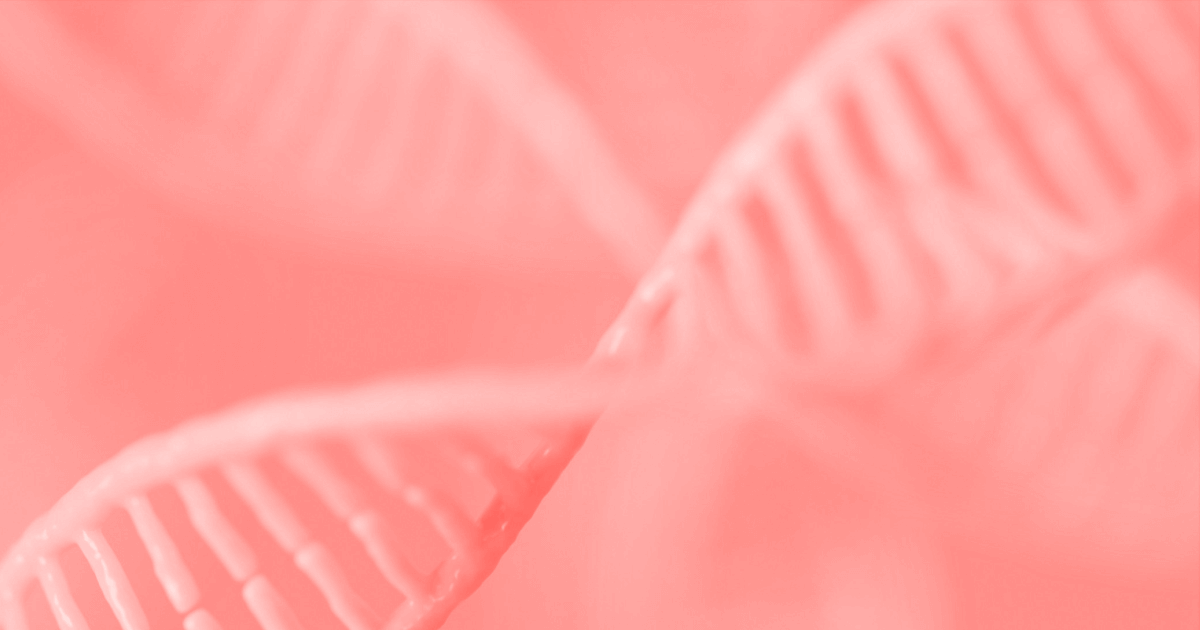February 29, 2024
Synthetic biology is an innovative scientific field focused on engineering organisms with new capabilities for beneficial purposes, spanning medicine, manufacturing, and agriculture. This discipline aims to harness nature’s potential to address challenges by designing organisms to synthesise useful substances like medicines or fuels, or to endow them with novel abilities, such as environmental sensing.
Examples of synthetic biology’s impact include:
- Utilising microorganisms for bioremediation to remove contaminants from water, soil, and air.
- Engineering rice to generate beta-carotene, combating vitamin A deficiency that leads to blindness in hundreds of thousands of children annually and heightens mortality from infectious diseases.
- Modifying yeast to produce rose oil, offering a sustainable and environmentally friendly alternative to traditional rose harvesting for luxury fragrance production.
Synthetic Biology vs Genome Editing
Synthetic biology and genome editing are related in their fundamental goal of altering an organism’s genetic code, yet they differ significantly in their methodologies and the extent of genetic modification. Synthetic biology involves assembling large DNA sequences, which may originate from other organisms or be entirely new creations, and integrating them into an organism’s genome to introduce new functions.
Conversely, genome editing entails making more precise and often smaller modifications to an organism’s existing DNA, utilising techniques that can add, remove, or alter specific DNA segments. This distinction highlights the broader, construct-based approach of synthetic biology compared to the more targeted, modification-focused nature of genome editing.
Is Whole Organism Genome Synthesis Possible?
Is it possible for scientists to construct an entire organism’s genome from scratch? The answer is yes, with notable achievements already recorded. In 2002, a team in the U.S. successfully synthesised a viral genome, which is considerably smaller than those of bacteria and other microorganisms, demonstrating the creation of the polio virus entirely in the lab.
This milestone underscored the potential for synthetic biology to be utilised in the development of biological weapons, raising concerns about its misuse by individuals with malicious intent. This concern has prompted discussions on ethical and social implications, leading to federal regulations on “dual use research of concern” to prevent misuse that could threaten public health, safety, and security.
The synthesis of the first bacterial genome was achieved in 2008 with Mycoplasm genitalium, known to cause infections in humans. Further progress was made in 2017 with the partial synthesis of Saccharomyces cerevisiae’s genome, a yeast critical for baking, brewing, and winemaking.
Currently, advancements in DNA synthesis technology are being pursued by researchers, notably by the “Genome Project-Write” (GP-Write) initiative, which aims to construct complete genomes for human cell lines and various plants and animals, crucial for agriculture and public health. This initiative, reminiscent of the Human Genome Project’s efforts to sequence the human genome, seeks to drive innovation in DNA synthesis without involving human embryos, focusing solely on cellular research.

The Ethics and Morals of Synthetic Biology
Projects focused on synthesising entire genomes spark significant ethical debates concerning the potential risks and rewards for society. These discussions often mirror those around genome editing, questioning the moral implications of redesigning life forms through synthetic biology. Critical issues include the potential for synthetic biology to create innovative disease treatments and the accessibility of these advancements across different societal segments. Additionally, the environmental consequences of releasing engineered organisms into nature are a major concern. Such ethical dilemmas have been under scrutiny since the Human Genome Project (HGP) and remain central as technologies advance.
There’s a consensus among scientists, ethicists, and policymakers that society as a whole must engage in discussions to carefully consider synthetic biology’s potential impacts. Institutions like the Presidential Commission for the Study of Bioethical Issues and the National Academies of Sciences, Engineering, and Medicine highlight the need for public involvement in the regulation of synthetic biology and genome editing technologies.
Biosecurity is another critical issue, exemplified by the synthesis of the polio virus, prompting regulation of high-risk infectious agents through the Federal Select Agents Program in the US. Research involving such agents, especially when federally funded, undergoes stringent oversight based on the Dual Use Research of Concern (DURC) policy.
Avery Fairbank Talent Insights
Synthetic Biology is a growing field which has seen an increase of 29% in professionals in this industry since last year. These professionals are predominantly located in the US, specifically in areas such as San Francisco, Boston, New York, and San Diego, however London is also a hotspot for this talent. The most common roles for this talent include Postdoctoral Researcher, Doctoral Student and Researcher.
Conclusion
Synthetic biology merges engineering with biological science, offering groundbreaking solutions in various sectors, including healthcare and environmental management. This field’s capacity to engineer organisms with new capabilities, from bioremediation to producing essential nutrients, highlights its transformative potential.
Despite its similarities to genome editing, synthetic biology’s unique method of integrating new DNA sequences pushes genetic modification’s limits. Achievements in genome synthesis and the ethical, environmental, and biosecurity discussions it sparks underscore the technology’s dual nature of promise and risk. With the field’s rapid growth and the critical role of public dialogue and regulatory frameworks, synthetic biology is poised to significantly impact our approach to global challenges, emphasising the need for innovation balanced with ethical responsibility.

Published on 29-02-2024

